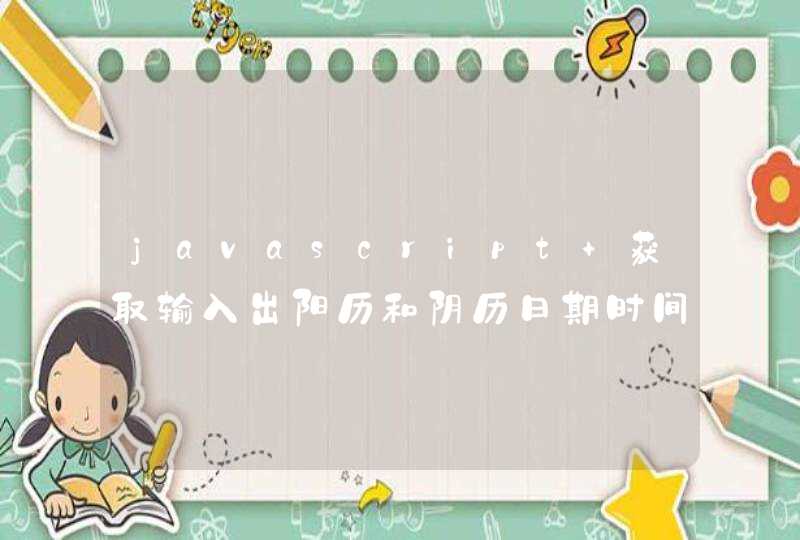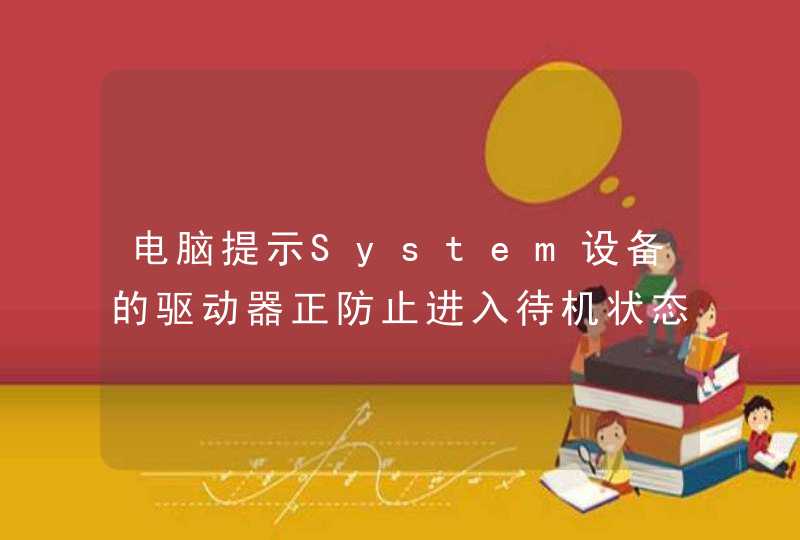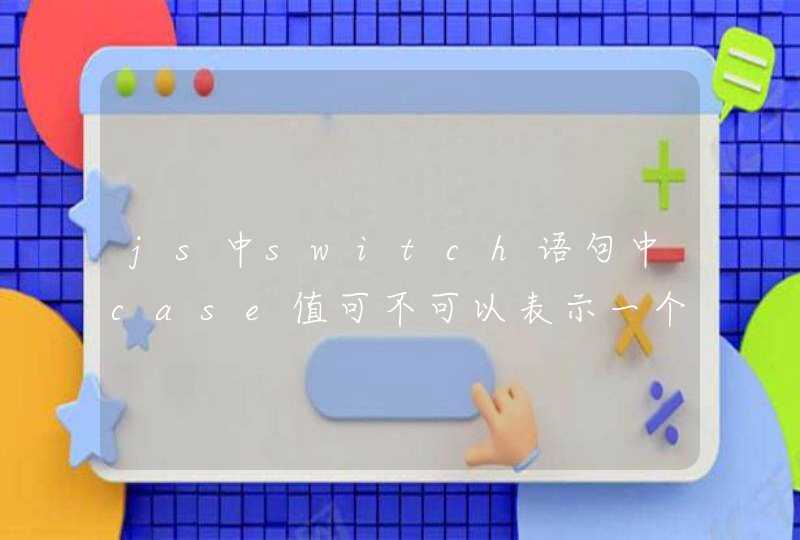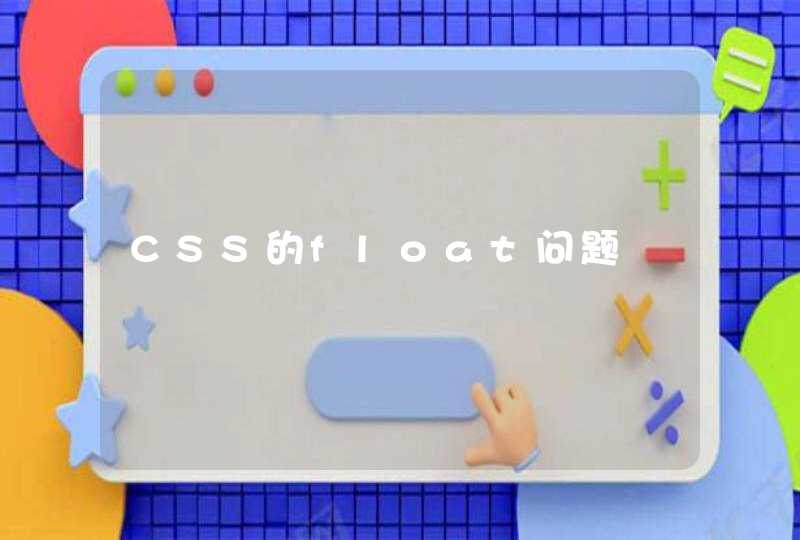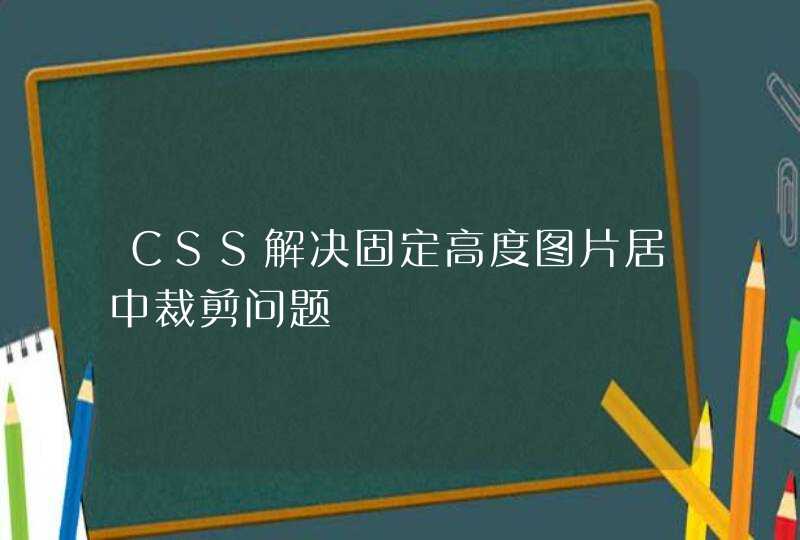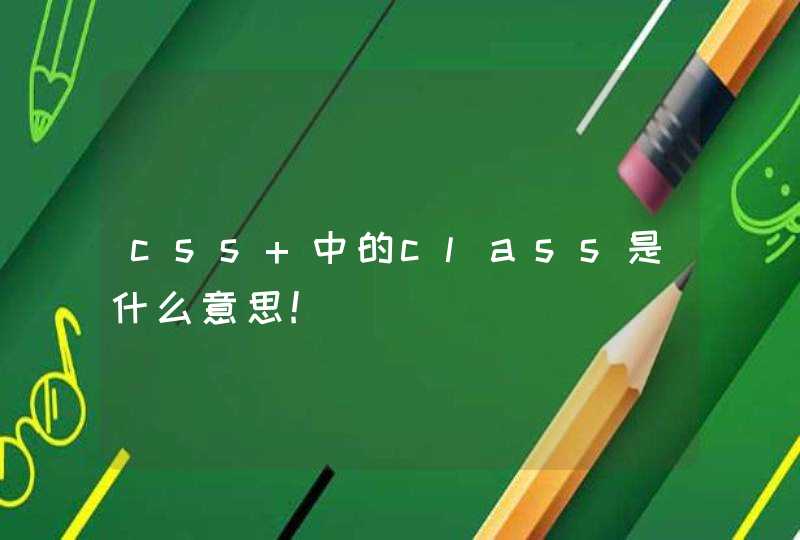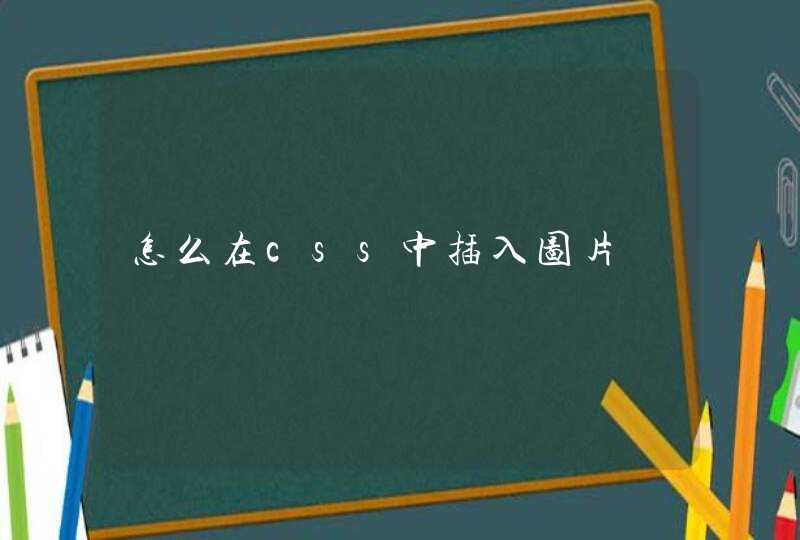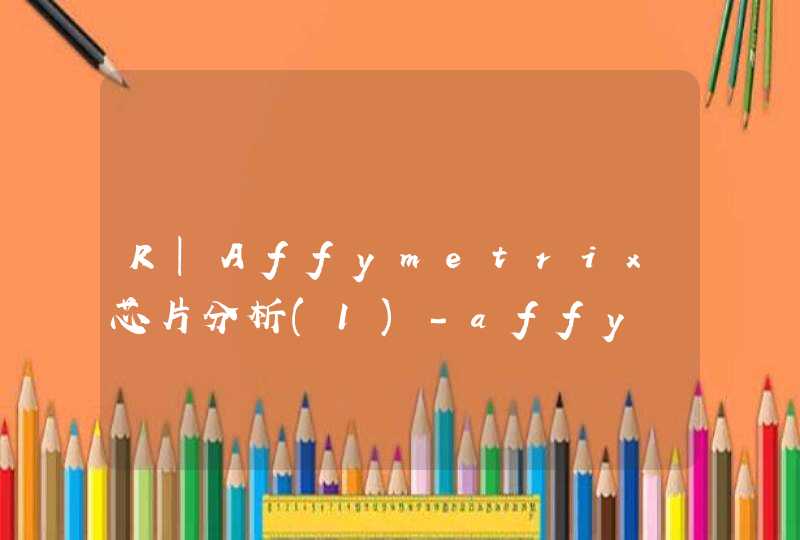
微信开发交流群:148540125
欢迎留言、转发、打赏
系列文章参考地址 极速开发微信公众号
项目源码参考地址 点我点我--欢迎Start
服务号、订阅号可以通过登录 微信公众平台 查看 开发>接口权限
使用JSSDK主要包括
1、判断当前客户端版本是否支持指定JS接口、
2、分享接口(微信认证)
3、图像接口
4、音频接口
5、智能接口(识别语音并返回结果)
6、设备信息(获取网络状态)
7、地理位置
8、界面操作
9、微信扫一扫
10、微信小店(服务号必须通过微信认证)
11、微信卡券 (微信认证)
12、微信支付(服务号必须通过微信认证)
官方参考文档
步骤一:绑定域名
先登录微信公众平台进入 公众号设置 的 功能设置 里填写 JS接口安全域名 。
步骤二:引入JS文件
在需要调用JS接口的页面引入如下JS文件,(支持https): http://res.wx.qq.com/open/js/jweixin-1.0.0.js
如需使用摇一摇周边功能,请引入 http://res.wx.qq.com/open/js/jweixin-1.1.0.js
备注:支持使用 AMD/CMD 标准模块加载方法加载
步骤三:通过config接口注入权限验证配置
签名算法生成规则
请 官方参考文档
下面具体来讲讲 开源项目 weixin_guide 中的封装。
使用的时候只要在Controller方法上添加一个拦截器 JSSDKInterceptor 来实现签名验证再将 wx.config 需要的参数设置对应的属性在页面上进行获取。
拦截器实现如下:
在Controller中使用
JSP页面上面使用
测试结果
在AppConfig 中添加路由 me.add("/jssdk", JSSDKController.class,"/view")手机中访问 http://域名[/项目名称]/jssdk ,如果设置了 debug= true 成功了就会弹出
如果出现 {"errorMsg":"config:invalid url domian"} 请检查 步骤一:绑定域名 与你访问的域名是否在安全域名列表当中
步骤四:通过ready接口处理成功验证
步骤五:通过error接口处理失败验证
步骤六:接口调用
拦截器具体实现 参考地址 点这里
js 接口调用参考地址 点这里
以上就是JSSDK使用的介绍。
欢迎留言、转发、打赏项目
源码参考地址 点我点我--欢迎Start
1、安装@gauseen/nuxt-proxy包依赖cnpm install @gauseen/nuxt-proxy --save
2.设置nuxt.config.js
修改modules为
modules: [
"@gauseen/nuxt-proxy"
]
3.增加 proxyTable属性
proxyTable: {
"/api": {
target: ' https://xxxxx.com' ,
changeOrigin: true,
ws: false,
pathRewrite: {
"^/api": "/api"
}
}
}
在javascript中并没有原生的创建或者实现接口的方式,或者判定一个类型是否实现了某个接口,我们只能利用js的灵活性的特点,模拟接口。在javascript中实现接口有三种方式:注释描述、属性验证、鸭子模型。
note:因为我看的是英文书,翻译水平有限,不知道有些词汇如何翻译,大家只能领会精神了。
1. 注释描述 (Describing Interfaces with Comments)
例子:
复制代码 代码如下:
/*
interface Composite {
function add(child)
function remove(child)
function getChild(index)
}
interface FormItem {
function save()
}
*/
var CompositeForm = function(id, method, action) { // implements Composite, FormItem
...
}
//Implement the Composite interface.
CompositeForm.prototype.add = function(child) {
...
}
CompositeForm.prototype.remove = function(child) {
...
}
CompositeForm.prototype.getChild = function(index) {
...
}
// Implement the FormItem interface.
CompositeForm.prototype.save = function() {
...
}
模拟其他面向对象语言,使用interface 和 implements关键字,但是需要将他们注释起来,这样就不会有语法错误。
这样做的目的,只是为了告诉其他编程人员,这些类需要实现什么方法,需要在编程的时候加以注意。但是没有提供一种验证方式,这些类是否正确实现了这些接口中的方法,这种方式就是一种文档化的作法。
2. 属性验证(Emulating Interfaces with Attribute Checking)
例子:
复制代码 代码如下:
/* interface
Composite {
function add(child)
function remove(child)
function getChild(index)
}
interface FormItem {
function save()
}
*/
var CompositeForm = function(id, method, action) {
this.implementsInterfaces = ['Composite', 'FormItem']
...
}
...
function addForm(formInstance) {
if(!implements(formInstance, 'Composite', 'FormItem')) {
throw new Error("Object does not implement a required interface.")
}
...
}
// The implements function, which checks to see if an object declares that it
// implements the required interfaces.
function implements(object) {
for(var i = 1i <arguments.lengthi++) {
// Looping through all arguments
// after the first one.
var interfaceName = arguments[i]
var interfaceFound = false
for(var j = 0j <object.implementsInterfaces.lengthj++) {
if(object.implementsInterfaces[j] == interfaceName) {
interfaceFound = true
break
}
}
if(!interfaceFound) {
return false
// An interface was not found.
}
}
return true
// All interfaces were found.
}
这种方式比第一种方式有所改进,接口的定义仍然以注释的方式实现,但是添加了验证方法,判断一个类型是否实现了某个接口。
3.鸭子类型(Emulating Interfaces with Duck Typing)
复制代码 代码如下:
// Interfaces.
var Composite = new Interface('Composite', ['add', 'remove', 'getChild'])
var FormItem = new Interface('FormItem', ['save'])
// CompositeForm class
var CompositeForm = function(id, method, action) {
...
}
...
function addForm(formInstance) {
ensureImplements(formInstance, Composite, FormItem)
// This function will throw an error if a required method is not implemented.
...
}
// Constructor.
var Interface = function(name, methods) {
if(arguments.length != 2) {
throw new Error("Interface constructor called with "
+ arguments.length + "arguments, but expected exactly 2.")
}
this.name = name
this.methods = []
for(var i = 0, len = methods.lengthi <leni++) {
if(typeof methods[i] !== 'string') {
throw new Error("Interface constructor expects method names to be "
+ "passed in as a string.")
}
this.methods.push(methods[i])
}
}
// Static class method.
Interface.ensureImplements = function(object) {
if(arguments.length <2) {
throw new Error("Function Interface.ensureImplements called with "
+arguments.length + "arguments, but expected at least 2.")
}
for(var i = 1, len = arguments.lengthi <leni++) {
var interface = arguments[i]
if(interface.constructor !== Interface) {
throw new Error("Function Interface.ensureImplements expects arguments"
+ "two and above to be instances of Interface.")
}
for(var j = 0, methodsLen = interface.methods.lengthj <methodsLenj++) {
var method = interface.methods[j]
if(!object[method] || typeof object[method] !== 'function') {
throw new Error("Function Interface.ensureImplements: object "
+ "does not implement the " + interface.name + " interface. Method " + method + " was not found.")
}
}
}
}
何时使用接口?
一直使用严格的类型验证并不适合,因为大多数javascript程序员已经在没有接口和接口验证的情况下编程多年。当你用设计模式开始设计一个很复杂的系统的时候,使用接口更有益处。看起来使用接口好像限制了javascript的灵活性,但实际上他让你的代码变得更加的松耦合。他使你的代码变得更加灵活,你可以传送任何类型的变量,并且保证他有你想要的方法。有很多场景接口非常适合使用。
在一个大型系统里,很多程序员一起参与开发项目,接口就变得非常必要了。程序员经常要访问一个还没有实现的api,或者为其他程序员提供别人依赖的一个方法存根,在这种情况下,接口变得相当的有价值。他们可以文档化api,并作为编程的契约。当存根被实现的api替换的时候你能立即知道,如果在开发过程中api有所变动,他能被另一个实现该接口的方法无缝替换。
如何使用接口?
首先要解决的问题是,在你的代码中是否适合使用接口。如果是小项目,使用接口会增加代码的复杂度。所以你要确定使用接口的情况下,是否是益处大于弊端。如果要使用接口,下面有几条建议:
1.引用Interface 类到你的页面文件。interface的源文件你可以再如下站点找到: http://jsdesignpatterns.com/.
2.检查你的代码,确定哪些方法需要抽象到接口里面。
3.创建接口对象,没个接口对象里面包含一组相关的方法。
4.移除所有构造器验证,我们将使用第三种接口实现方式,也就是鸭子类型。
5.用Interface.ensureImplements替代构造器验证。





